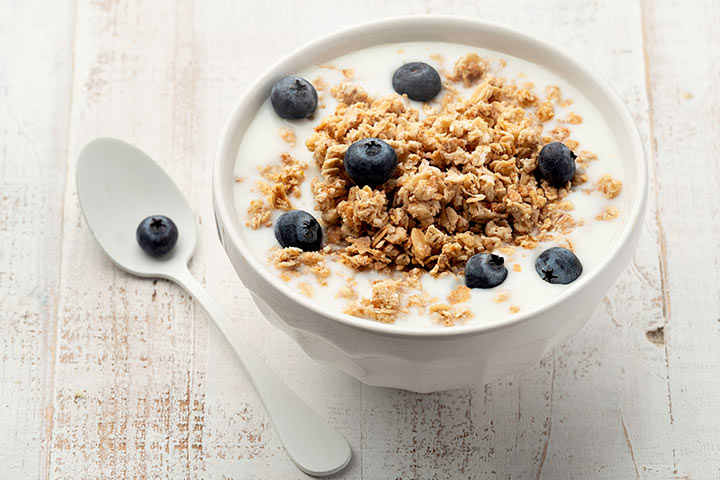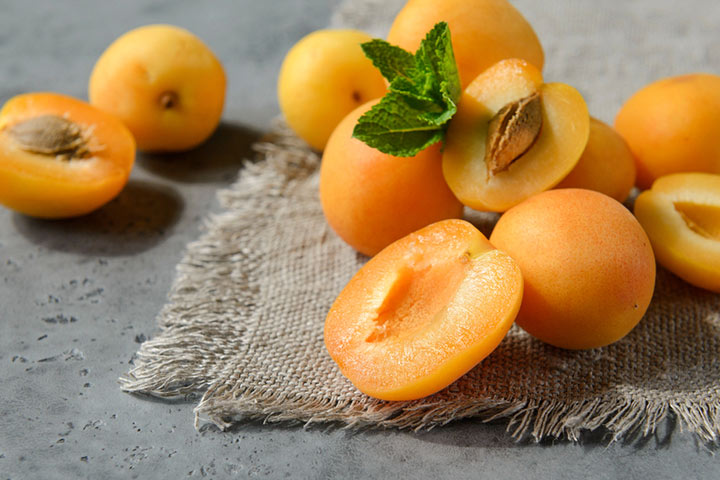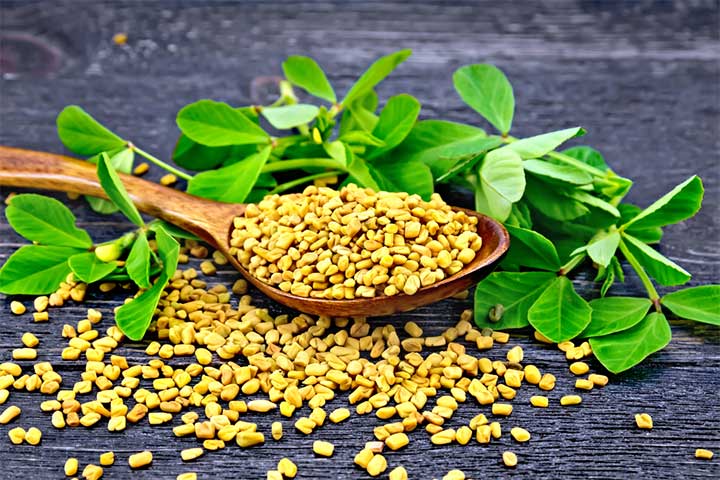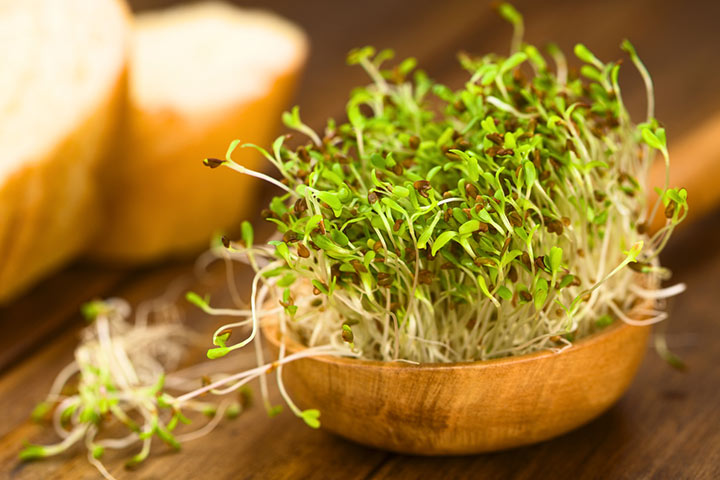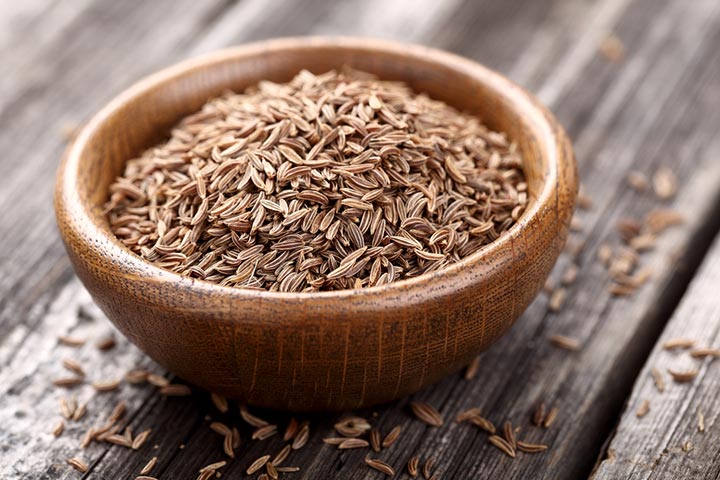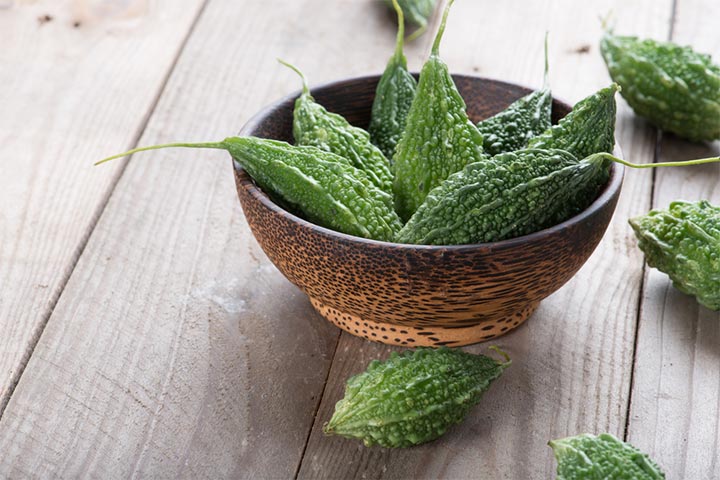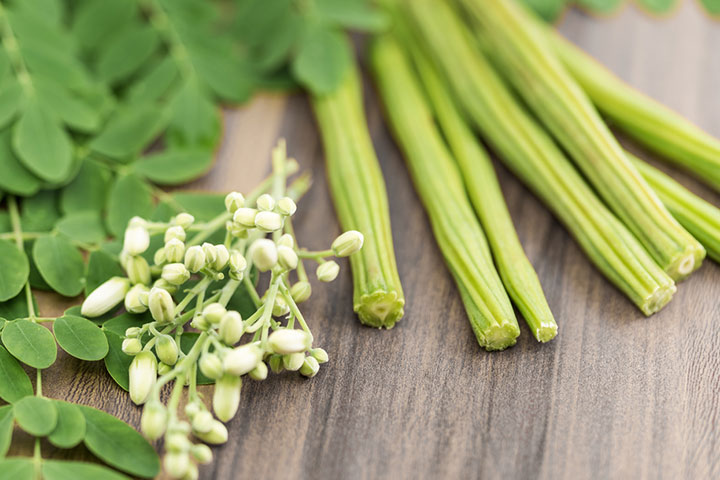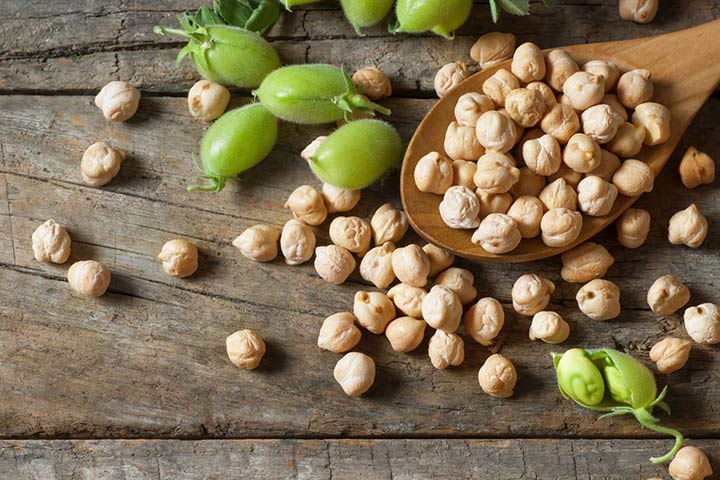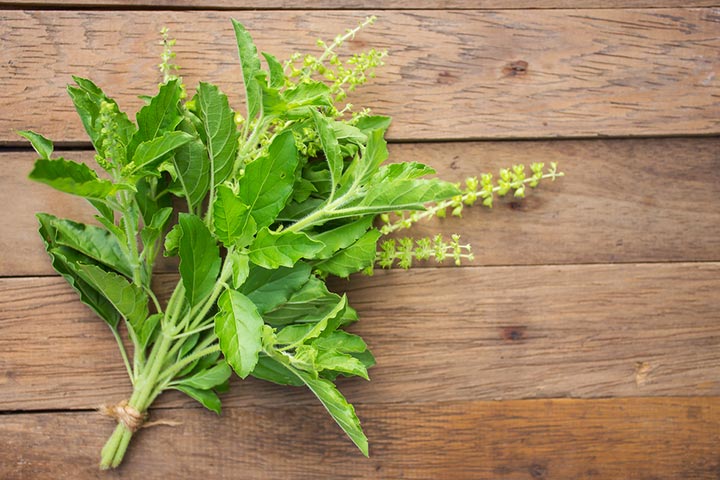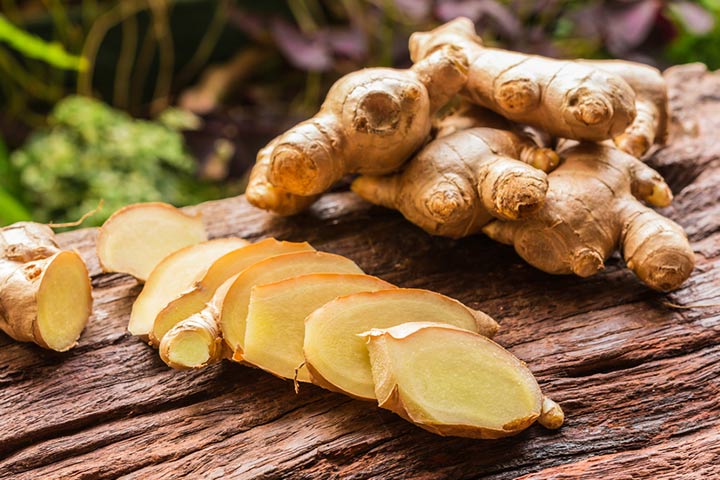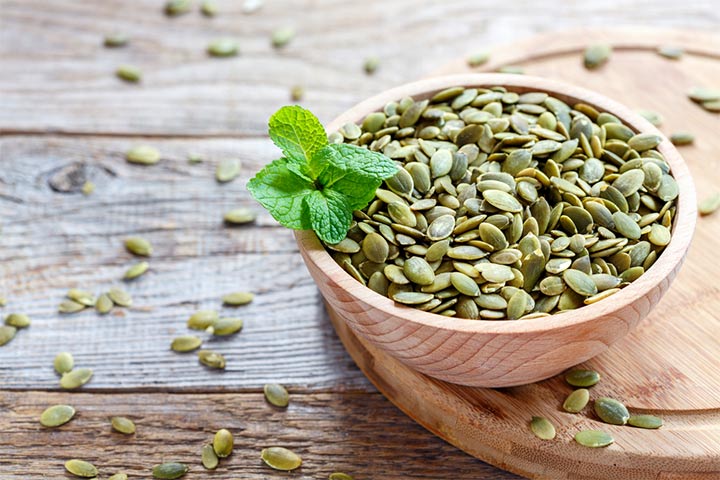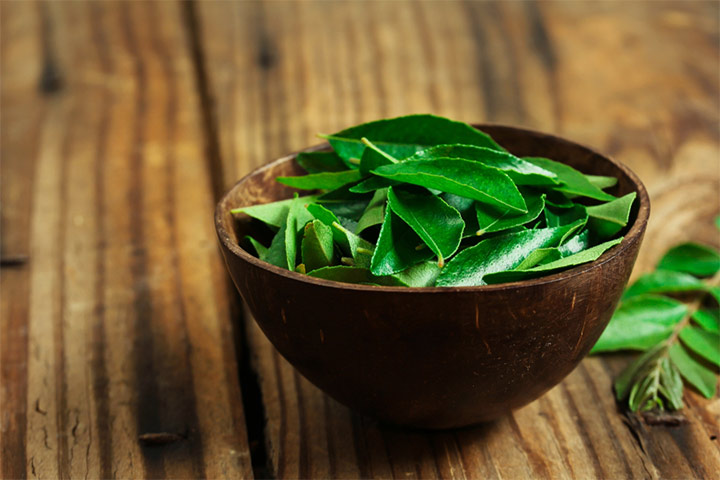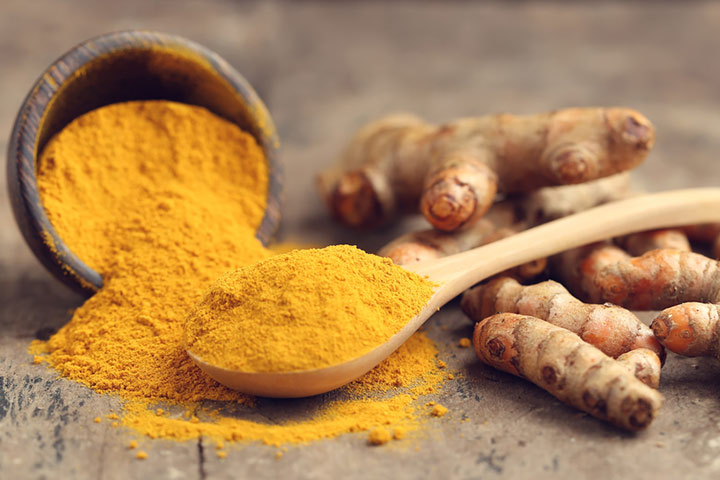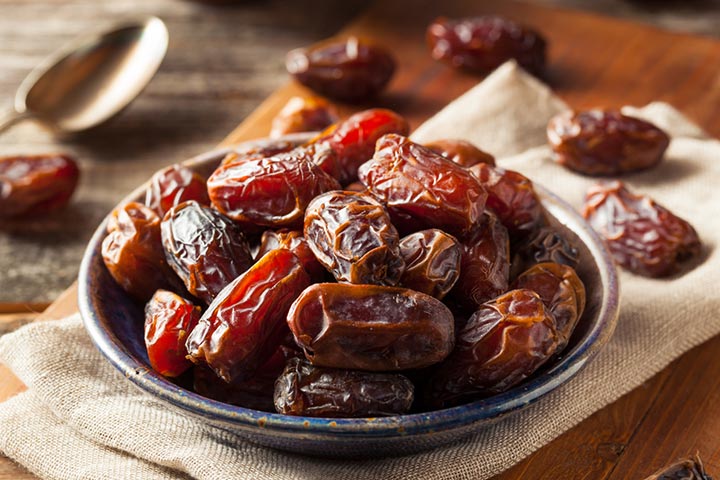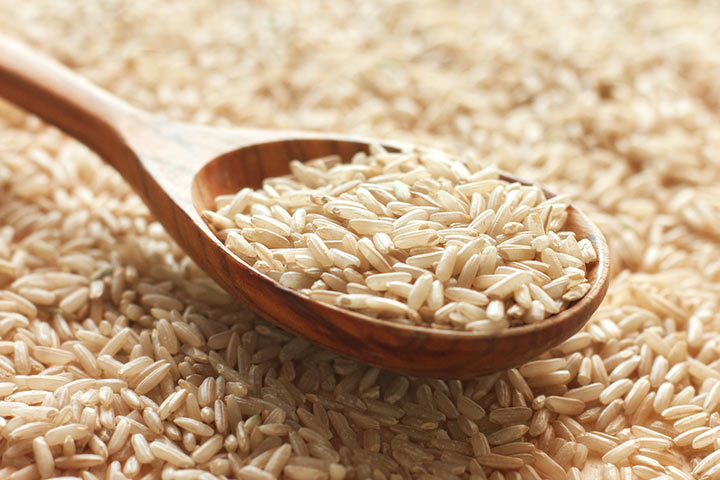Consuming specific foods to increase breast milk can benefit nursing mothers with a low milk supply. Since breast milk is a newborn’s sole source of nourishment, it is important to ensure your body produces adequate amounts of it.
Low milk production is rare but may be caused by certain health conditions and may affect the baby’s weight gain. In such cases, the infant’s nutritional needs are met with supplements such as infant formula. According to the American Academy of Pediatrics, 19.4% of breastfed infants are given commercial Infant formula supplements in the first 48 hours after birth.
However, when nursing moms experience low milk production without any specific causes, following a specific diet may help enhance their milk supply.
Read on to learn more about foods that promote milk production.
Milk Production After Delivery
Milk or colostrum levels may be low for the first few days due to factors such as C-section, stress, or bleeding after birth. But the amount you produce will still be enough for your baby. The amount of milk may increase around days three through five, depending on your frequency of breastfeeding (1).
The graph shows the values of breast milk production after delivery through days one to eight. Day one and two yield low milk supply, but the level increases from day three (2).
Milk production in the first 8 days postpartum
Source: Boss, Melinda & Gardner, Hazel & Hartmann, Peter. (2018). Normal Human Lactation: closing the gap.
Lactogenic Foods That Increase Breast Milk Supply
Kristin Gillespie, MS, RD, LDN, a registered dietitian and a certified nutrition support clinician from Virginia, says, “Several foods are known for their ability to increase milk supply, either due to their nutrient profile or inherent chemical properties that stimulate breast milk production. Among these are leafy green vegetables, whole grains, flaxseed, almonds, pumpkin, fennel, and protein-rich foods.”
These food items in the postpartum diet may improve breast milk supply, enhance milk composition and provide adequate nutrition for nursing mothers. You may speak to a lactation consultant who can help you choose breast milk increasing foods as well as recommend various other measures to improve milk supply.
1. Oatmeal
Oats is a whole-grain food with a wide nutritional profile as it contains carbohydrates, fibers, proteins, vitamins, and minerals. It can be a healthy sumptuous meal or breakfast for the nursing mother. Besides, it is counted as one of the foods that increase milk supply by increasing the oxytocin hormone levels (3). You can use oatmeal to prepare various food items, such as cookies, cake, bread, and porridge.
2. Barley
Barley is a nutrient and fiber-rich grain that can enhance your breastfeeding diet’s nutritional value. Also, it may promote breast milk supply by increasing serum prolactin levels (4). You can add the least processed hulled barley to recipes, such as soups, stews, curries, and porridge. Using barley flour for preparing barley biscuits, crackers, or pancakes is another way to add barley to your nursing diet.
3. Apricots
Apricots belong to the almond family and offer several nutrients and health-promoting bioactive compounds. It is also believed to increase prolactin hormone levels to boost breast milk supply (5) (6). You can add fresh or dried apricot to porridge, cereal, and dessert to reap its benefits. Avoid using canned apricot with syrup as it is high in sugar.
4. Carrots
Carrot is a fiber-rich root vegetable that can add color and vital nutrients to your nursing diet. You can eat a raw carrot with peel in salads and sandwiches or cook it with other foods. Regular consumption of carrot will provide nutrients and may also up your breast milk supply. Phytoestrogens present in carrots may be responsible for carrot’s lactogenic effects (7) (8).
5. Fenugreek
Fenugreek leaves and seeds are popular galactagogues commonly consumed as postpartum food in several cultures (9). The plant may improve milk supply and has several medicinal and nutraceutical properties that could benefit health over time (10). You can add fenugreek to soups, stews, and curries. It is important to note that fenugreek is a potent herb, and can sometimes cause bloating and stomach irritation. It can also interfere with medication, so talk to your doctor before taking any foods with added fenugreek.
6. Garlic
Garlic is popular for its therapeutic and medicinal properties (11). In some cultures, garlic is commonly used for its purported galactagogue effects (12). You can add garlic to your diet to add flavor and attain its health benefits. However, it may alter the flavor of breast milk and may trigger colic in babies. Therefore, stay alert to any changes in your baby’s feeding pattern and behavior after you consume garlic.
7. Alfalfa
Alfalfa belongs to the legume family and contains estrogenic isoflavonoids (13). Anecdotal evidence suggests that alfalfa may enhance breast milk supply. You can add alfalfa sprouts to salads and soups to make it a part of your breastfeeding diet. Also, you may try alfalfa tea or organic alfalfa as herbal supplements after consulting your healthcare provider.
8. Fennel
The consumption of fennel during lactation is prevalent for its purported lactogenic effects (14). The herb contains phytoestrogens that may increase milk supply. Also, research highlights its health benefits, such as enhanced digestion (15). You can drink fennel water, fennel tea, or add fennel powder in soups, stews, curries, and porridge.
9. Cumin seed
Lactating mothers often consume cumin seeds since it may improve breast milk production (16). You can consume cumin water or use it as a condiment to a variety of preparations.
10. Green leafy vegetables
Green leafy vegetables are an excellent source of micronutrients, dietary fiber, and bioactive compounds that could improve postpartum recovery and maternal nutrition (17) (18). Besides, they contain phytoestrogens that may enhance breast milk supply. You can add several green leafy vegetables, such as spinach, kale, and collards, to your diet and enjoy their benefits.
11. Bitter gourd
Although bitter, the health benefits and medicinal properties of bitter gourd are unparalleled (19). Anecdotal evidence suggests that bitter gourd may even increase breast milk supply. You can consume bitter gourd curry and baked chips to attain its benefits.
12. Salmon
Salmon is a low-mercury fish rich in high-quality protein, vitaminD, B12, and omega-3 fatty acid nutrients that benefit the mother and the baby (20). Research suggests that regular consumption of salmon may improve breast milk supply and enhance milk composition (21).
13. Moringa
The moringa plant, also known as drumsticks, is widely consumed in parts of Asia and Africa. The leaves and pods of moringa are rich in micronutrients, such as calcium and iron. Nursing mothers need these nutrients for postpartum recovery and health. Besides, drumsticks might increase breast milk supply by stimulating mammary glands (22) (23). You can include drumsticks to your lactation diet by adding its pod or leaves to soups, stews, and curries of your choice.
14. Blessed thistle
Blessed thistle is a plant whose flower, stem, and leaves are used for medicinal purposes. Its use is prevalent in many cultures for its purported galactagogue properties (24). You may consume blessed thistle tea or capsules for increasing breast milk supply after consulting a certified herbalist or a lactation consultant.
15. Chickpea
Chickpea is rich in high-quality protein, micronutrients, and bioactive compounds (25). The phytoestrogens present in it are considered to provide lactogenic benefits. You can add chickpea to preparations, such as curries and soups, and dips, such as hummus.
16. Tofu
Tofu is a soy product rich in protein and essential micronutrients that can enhance maternal health. Anecdotal evidence shows that tofu may improve breast milk supply due to its phytoestrogen content. You can add tofu to a variety of preparations, such as soups, salads, and curries (26).
17. Holy basil
Holy basil is an aromatic medicinal herb that serves several culinary and medicinal purposes (27). The use of holy basil to promote breast milk production is common in some cultures. You can add holy basil in small amounts to your food or consume it as it is with a cup of warm milk.
18. Sesame Seeds
Sesame seeds are rich in protein, calcium, fiber, and several other vital nutrients. Its phytochemicals, such as quercetin and sesamin, could promote prolactin secretion and improve breast milk supply (28). You can eat a teaspoon of sesame seeds with lukewarm water or add it to recipes, such as salads, bread, pasta, sandwich, and homemade snacks.
19. Almonds
Sweet almonds may promote breast milk production due to its potential estrogenic activity (5). You can eat a handful of almonds during midday, add them to food as almond flour or almond butter, or drink almond milk. Almonds offer vital nutrients, such as protein, calcium, and healthy fats.
20. Flaxseed
Flaxseed is rich in alpha-linolenic acid (ALA) and other vital micronutrients that the mother and the baby need for growth and development (29) (30). Additionally, flaxseeds contain phytoestrogens that may up your breast milk supply. You can consume toasted flaxseeds with warm water, add flaxseed flour to soups and stews, or make salad dressings with flaxseed oil to reap its benefits.
21. Ginger
Fresh ginger is widely known for its health and medicinal benefits. It may also increase breast milk production (31). You can add fresh ginger pieces or juice to different foods and beverages. If you wish to consume ginger supplements, consult a lactation consultant or doctor first.
22. Brewer’s yeast
Brewer’s yeast, also known as baker’s yeast, is a nutritional supplement rich in vitamins and minerals (32). It is a type of fungus and popularly consumed as a galactagogue in several cultures. You may add brewer’s yeast to your diet after consulting a doctor or lactation consultant.
23. Pumpkin seeds
Anecdotal evidence suggests that pumpkin seeds may boost milk production. They are also rich in protein, iron, fiber, and health-promoting bioactive compounds (33). You may consume a teaspoon of pumpkin seeds as a part of the trail mix or chop it and add it to salads, soups, and porridges. Pumpkin seeds powder is another product that you can add to your diet in various ways.
24. Dill seeds
Dill is a popular herb and also used as a spice. In Ayurveda, dill seeds are used for promoting appetite, aiding digestion, and boosting milk production (34). You can add whole or crushed dill seeds to soups, stews, curries, and salads. Dill vinegar and dill dressings are other food products you may consider trying.
Sara Namusoga, a mom and blogger, used dill on the recommendation of a dietitian to improve her breast milk production. Sharing her experience, she says, “I had never heard of this herb, but she (dietitian) sounded confident, and so off to the market we went to buy dill. I vividly remember starting the dill diet at 4.00 p.m. and by 9 p.m. I had my own milk river flowing effortlessly (i).”
25. Curry leaves
Fresh curry leaves and their powder are often used to add flavor and aroma to food. Besides, their use is common in Ayurveda and other alternative medicines for treating several ailments. Nursing mothers across several cultures use curry leaves to promote their milk supply.
26. Sweet potato leaves
Sweet potato leaves can offer you fiber, micronutrients, and health-promoting phytochemicals. Research shows that sweet potatoes leaves could increase prolactin levels and boost breast milk production (35). Sweet potato leaves or greens can be used to prepare delicious stir-fry and salad recipes.
27. Turmeric
Turmeric is used in culinary and alternative medicines or traditional remedies. Research shows that using turmeric, along with fenugreek and ginger, could increase breast milk volume (36). You can add turmeric as a spice to soups, stews, and curries.
28. Papaya
Papaya is not recommended during pregnancy, but its use during lactation is popular for its potential lactogenic effects. Research shows that papaya and papaya leaf juice could promote breast milk production (37) (38). You can eat papaya fruit as a snack or add it to other food items, such as porridge.
29. Dates
Dates could increase your prolactin hormone levels and enhance breast milk production (5). You can consume a handful of dry or fresh dates as snacks or add it to foods, such as porridge and desserts. Dates can also provide several nutrients and phytochemicals that can enhance your overall health.
30. Poppy seeds
Poppy seeds are obtained from the poppy plant and are a common culinary ingredient in Asian cuisine. Research suggests that poppy seeds can up your breast milk supply on regular consumption (39). You can use poppy seeds to add a nutty flavor and texture to the bread, cookies, curries, confectionery items, pancakes, and waffle batters.
31. Brown rice
Brown rice is a whole-grain that adds vital nutrients and dietary fiber to your diet. It could help in postpartum weight loss and provides several health benefits. It may also work as a galactagogue and boost milk supply (40). You can enjoy plain brown rice or use it to make sweet and savory recipes.
The effects of these milk-boosting foods are mostly backed by anecdotal evidence, and there are insufficient scientific studies to conclude their effects. It is best to consult a lactation expert and discuss your low milk supply before trying any new food, herb, or supplement to increase milk supply.
Foods That Reduce Breast Milk Supply
If you intend to increase your milk supply, then there are some foods that you may avoid since they are considered antilactogenic, that is, they may reduce breast milk supply. Some of the common foods believed to reduce breast milk are sage, parsley, peppermint, and chasteberry (41). Some antilactogenic beverages include alcohol and caffeinated beverages.
There is no conclusive evidence to prove that these food items are antilactogenic. The effects could vary in each mother, and you may have to proceed based on your observation of the baby’s feeding pattern. If you sense your baby is getting insufficient milk due to your consumption of a food item, stop eating it. If the breast milk supply continues to be low, speak to a lactation consultant.
Why To Use Foods to Increase Breast Milk Supply?
Trying different foods to increase breast milk supply is safer, easier, and has little to no side effects. Moreover, most foods that increase breast milk production also have high nutrient content, which helps provide essential nutrients to the mother while enhancing breast milk quality. Nursing mothers can try medications to increase breast milk production. However, these medicines may have several side effects which outweigh their benefits. Even several herbal supplements that can act as galactagogues do not have enough evidence to support their safety and efficacy for lactating women and their babies (42). Therefore, consuming different galactagogue foods as a part of a well-balanced diet is the safest way to increase breast milk production and supply in breastfeeding women.
Other Measures To Increase Breast Milk Supply
A balanced diet, adequate hydration, a healthy lifestyle, and sufficient sleep could help maintain optimum milk supply during lactation (38). The following are some other practices that may help enhance breast milk supply (43).
- Frequently nurse your baby. Nursing is a demand- and supply-based process. The more you feed your child, the more breast milk you produce.
Doreen Hsu, MScFN, an Ontario, Canada-based registered dietician, says, “Breastfeeding consistently is the best way to increase milk production. Our bodies respond to demand. As our baby nurses more frequently and stays on longer, our milk ducts will be stimulated to increase production. Granted, it can take 12 weeks for breastfeeding to be well established after birth, and being at a good nutritional status is also needed.”
- Express breast milk if your baby isn’t able to empty the breast. Emptying breast gives positive feedback to breasts to produce more milk.
Estelle Link, a mom of two, had feeding problems with her firstborn, which hindered her milk production. Sharing practical tips to improve milk production, she says, “If you are a crazy milk-production-worried-mother like I was, you can try techniques like power pumping, drastically improving the milk flow (several times a day, 30 min pumping, alternating sides every 5 min). I did it for my first child, and it worked because he was doing a poor job by himself, and it needed to be compensated by breast pumping to keep a good milk production (ii).”
- Take a nursing vacation and spend some days nursing your baby exclusively for two to three days.
- Feed the baby from both breasts. Switch sides two to three times during a feeding session. But before you switch sides, let the baby finish feeding from one breast. This way, your baby can get the hindmilk.
- Avoid using nipple shields and pacifiers as they may interfere with the feeding process by creating nipple confusion.
- Avoid the introduction of solids before your baby is six months old or developmentally ready. Continue to breastfeed as long as you and your baby desire.
- Keep a check on medication that could interfere with milk production. Contraceptives and decongestants, such as pseudoephedrine, may decrease breast milk supply.
- Rest well, and stay calm. A stress-free routine with proper sleep is necessary to avoid fatigue.
- Use an appropriate nursing bra as wearing a tight bra may compress the breast and affect milk flow. Prolonged obstruction of milk flow could increase the risk of clogged ducts and infection.
- Massage your breasts to ease clogging of the ducts and improve blood circulation. It may help increase breast milk supply and milk flow.
Low milk supply can be bothersome for nursing mothers since it could affect the baby’s health. In most cases, adequate hydration, proper sleep, and a well-balanced diet can help replenish the supply. You may consider trying foods, such as leafy vegetables, fruits, nuts, and seeds, that are commonly believed to increase milk supply. If you do not notice any improvement, consult a doctor or lactation consultant.
Key Pointers
- Mothers with low milk production may benefit from consuming lactogenic foods.
- Foods such as fenugreek, dates, oats, apricots, curry leaves, garlic, fennel, and cumin seeds may help boost milk production.
- Consuming anti-lactogenic foods such as sage, peppermint, caffeine, and alcohol may lower breast milk production.
- Other methods to boost breast milk supply include breastfeeding more often, breast massage, and refraining from using pacifiers and nipple shields.

